Fix Windows Update Error 0x8007025d0
Get Free Scanner and check your computer for errors
Fix It NowTo fix found issues, you have to purchase the full version of Combo Cleaner. Free trial available. Combo Cleaner is owned and operated by Rcs Lt, the parent company of PCRisk.com read more.
How to Fix Windows Update Error 0x8007025d0 in Windows 10
Windows Update error code 0x8007025d0 occurs due to missing or corrupt system files, damaged Windows Image, or corrupt update components. Recently, this error started appearing again after the April 13, 2021 update KB5001330 release. This article is dedicated to fixing error 0x8007025d0.
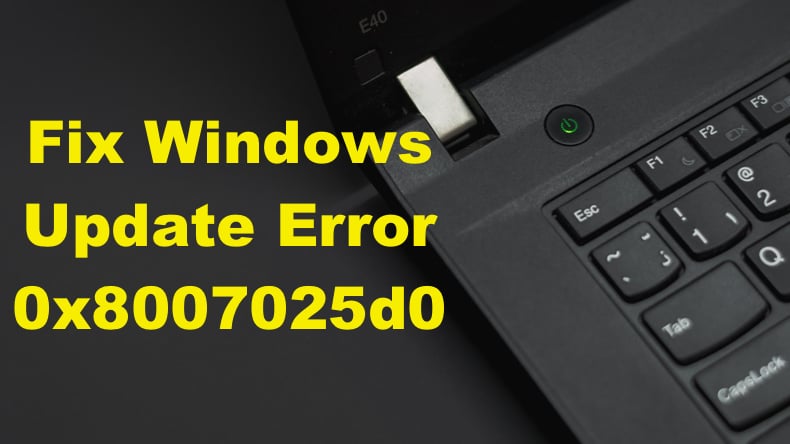
Many Windows 10 users have been encountering this error since 2018 while installing specific updates, such as the 2018-08 Delta Update for Windows 10 Version 1803 (KB4343909), for example. Most recently, people started getting error 0x8007025d0 when installing the April 13, 2021 update KB5001330 for Windows 10 versions 20H2 and 2004.
Sometimes, the update installation fails at 100% completion. Consequently, users start experiencing various issues that stem from KB5001330.
To fix error 0x8007025d0, you should run the Windows Update Troubleshooter. If the troubleshooter doesn't do the trick, then running a System File Checker (SFC) scan and a Deployment Image & Servicing Management (DISM) scan should fix the underlying root cause for this error.
You should also try temporarily disabling your third-party anti-virus program and then running Windows Update. Also, if you have the KB5001330 update installed on your PC, we recommend that you remove it as this may help resolve system instability issues, game crashes, etc.
Video Guide on How to Fix Windows Update Error 0x8007025d0
Table of Contents:
- Introduction
- Solution 1. Run Windows Update Troubleshooter
- Solution 2. Use Windows 10 Update Assistant
- Solution 3. Run the System File Checker (SFC) Scan
- Solution 4. Run the Deployment Image & Servicing Management (DISM) Scan
- Solution 5. Manually Reset Windows Update Service Components
- Solution 6. Uninstall Update KB5001330
- Video Guide on How to Fix Windows Update Error 0x8007025d0
Download Computer Malware Repair Tool
It is recommended to run a free scan with Combo Cleaner - a tool to detect viruses and malware on your device. You will need to purchase the full version to remove infections. Free trial available. Combo Cleaner is owned and operated by Rcs Lt, the parent company of PCRisk.com read more.
Solution 1. Run Windows Update Troubleshooter
If you're getting errors while updating Windows, then the first thing you ought to do is run the Windows Update Troubleshooter, which was specifically designed to deal with errors such as error 0x8007025d0.
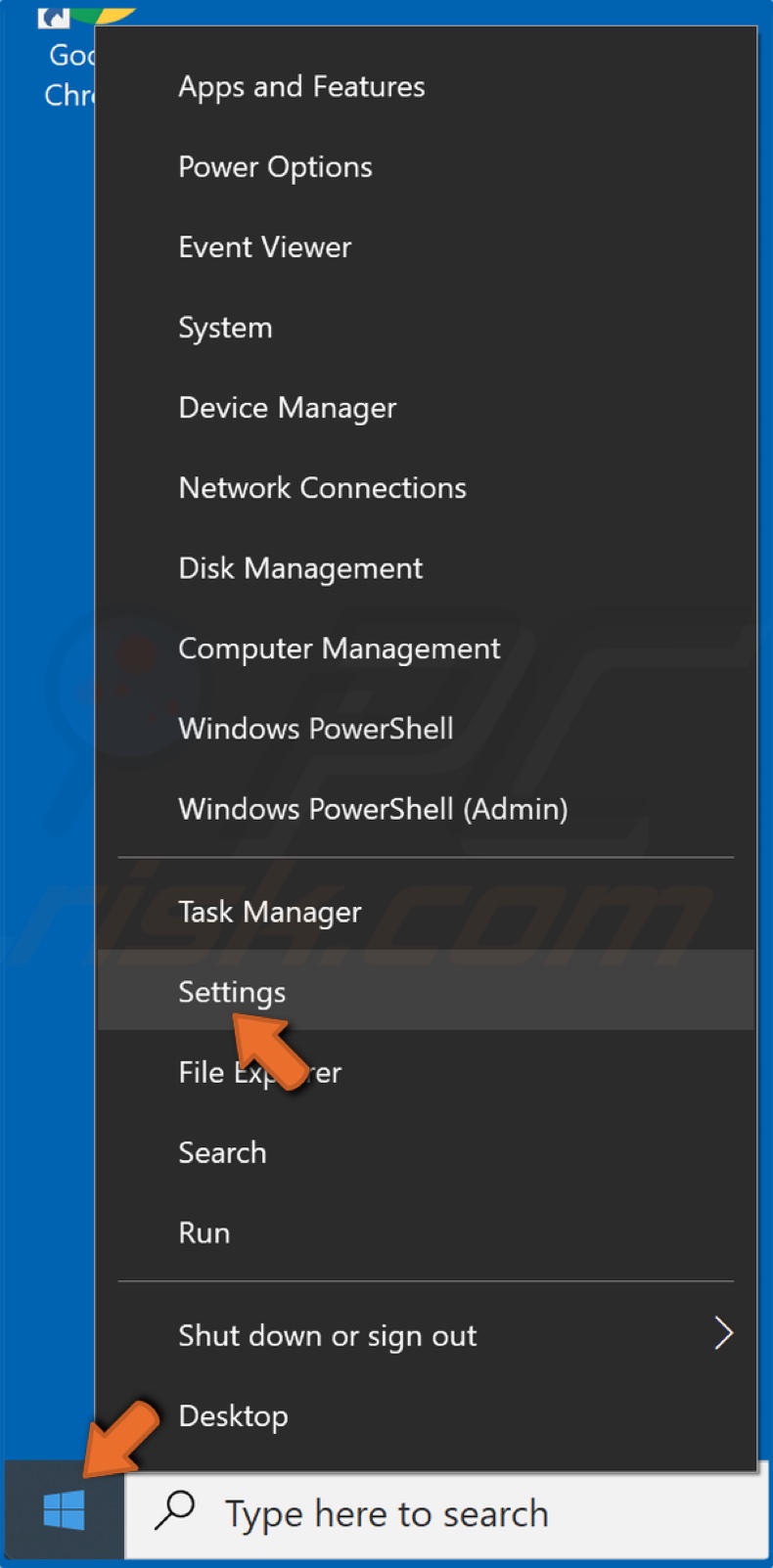
1. Right-click the Start Menu button and click Settings.
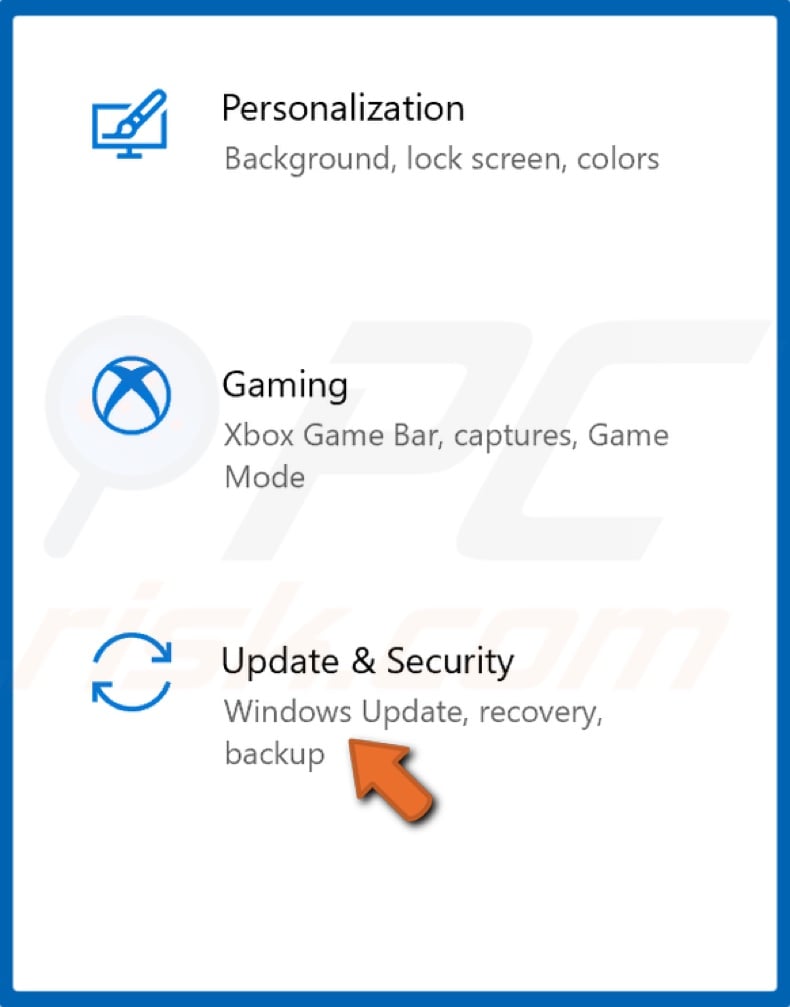
2. Select Update & Security.
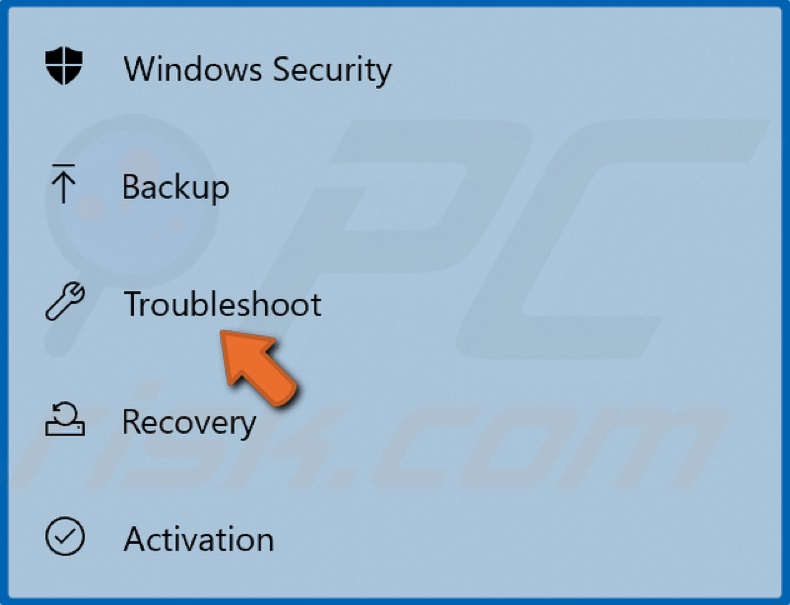
3. Then, select Troubleshoot.
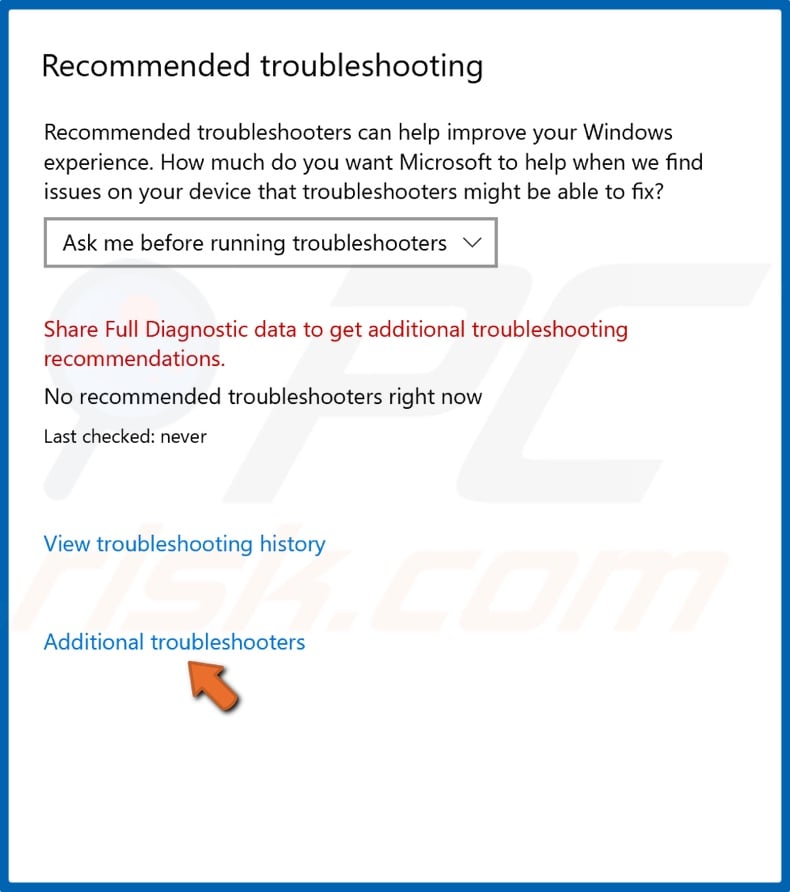
4. Click Additional troubleshooters.
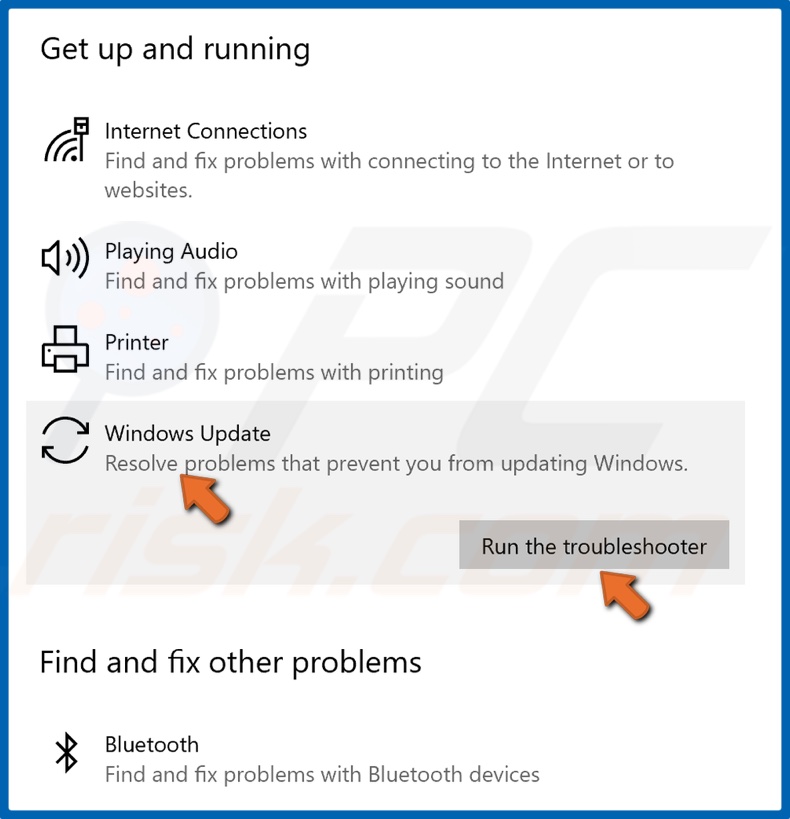
5. Select Windows Update and click Run the troubleshooter.
Solution 2. Use Windows 10 Update Assistant
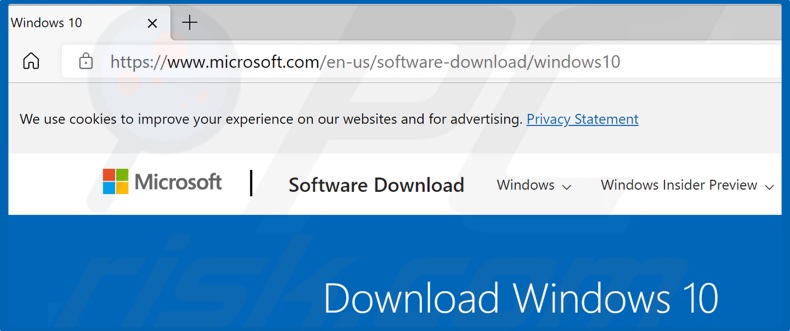
1. Open your web browser and go to the Windows 10 Update Assistant download page.
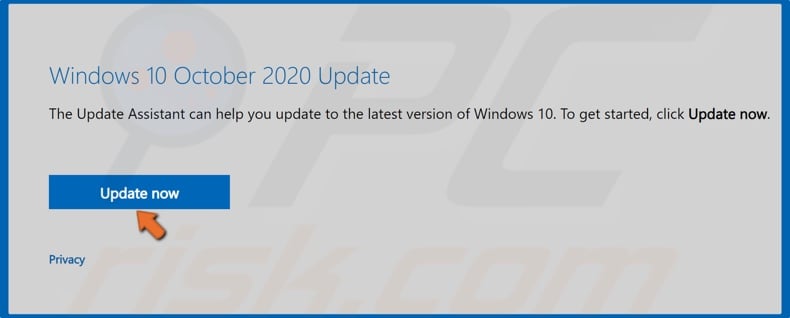
2. Click Update now to download the Windows 10 Update Assistant.
3. Then, run the Update Assistant.
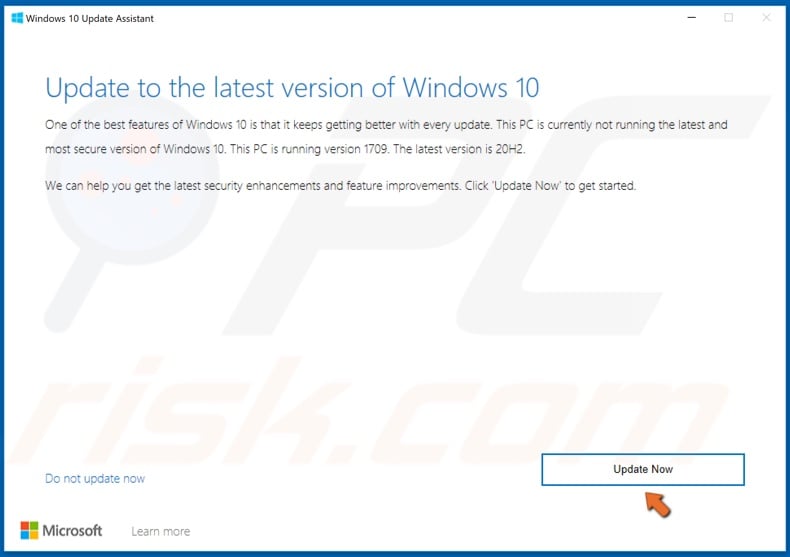
4. The Windows 10 Update Assistant will check your Windows version. Click Update Now.
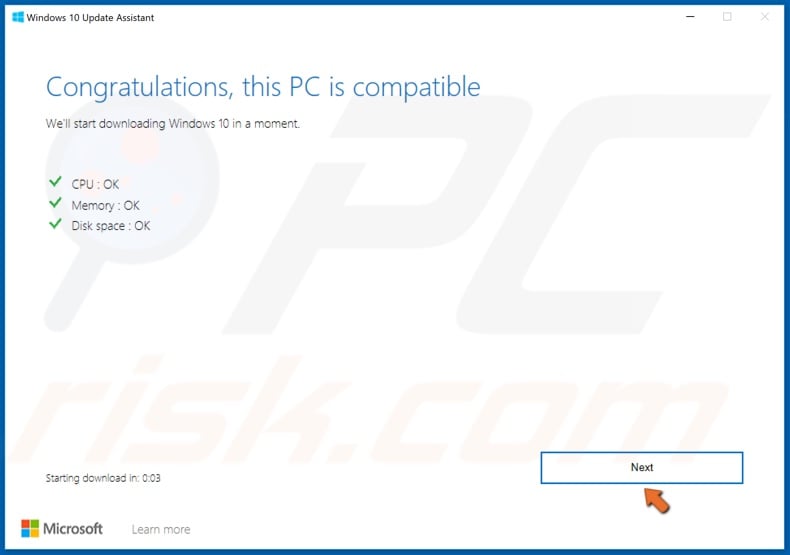
5. Then, click Next.
6. Wait for Windows to update. Take note that the update process may take a while.
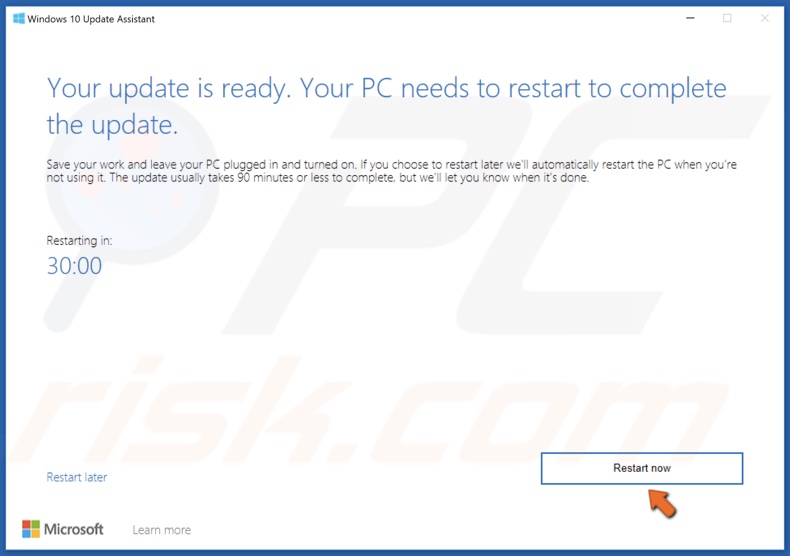
7. Click Restart now when prompted.
Solution 3. Run the System File Checker (SFC) Scan
1. Hold down Windows+R keys to open the Run dialog box.
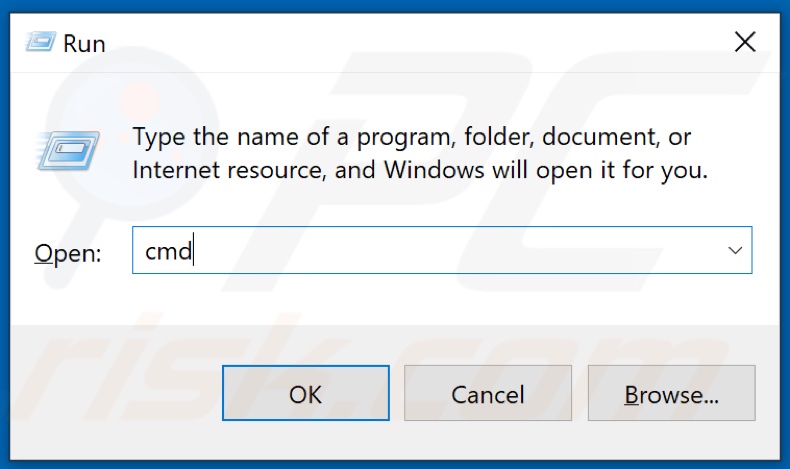
2. In the Run dialog box, type in CMD and hold down Ctrl+Shift+Enter keys to open the elevated Command Prompt.
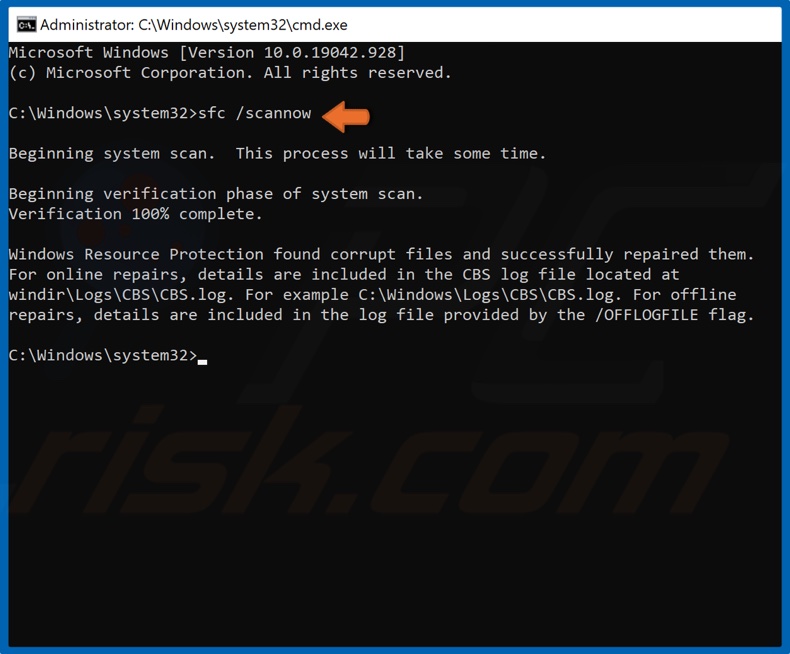
3. In the Command Prompt window, type in SFC /Scannow and hit the Enter key to start the scan.
4. Restart your PC and try updating Windows.
Solution 4. Run the Deployment Image & Servicing Management (DISM) Scan
DISM is a command-line tool designed to repair any damaged or corrupt Windows image or setup.
1. Hold down Windows+R keys to open the Run dialog box.

2. In the Run dialog box, type in CMD and hold down Ctrl+Shift+Enter keys to open the elevated Command Prompt.
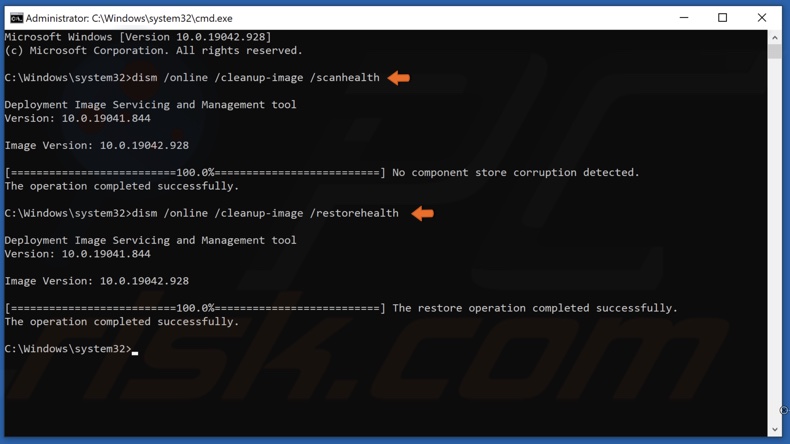
3. In the Command Prompt window, type in DISM /Online /Cleanup-Image /ScanHealth and hit the Enter key.
4. Then, type in DISM /Online /Cleanup-Image /RestoreHealth and hit the Enter key.
Solution 5. Manually Reset Windows Update Service Components
If none of the above solutions fixed error 0x8007025d0, it might be due to some of the Windows Update components on your PC having become corrupt. We recommend resetting all Windows Update-related components using the steps below.
1. Hold down Windows+R keys to open the Run dialog box.

2. In the Run dialog box, type in CMD and hold down Ctrl+Shift+Enter keys to open the elevated Command Prompt.
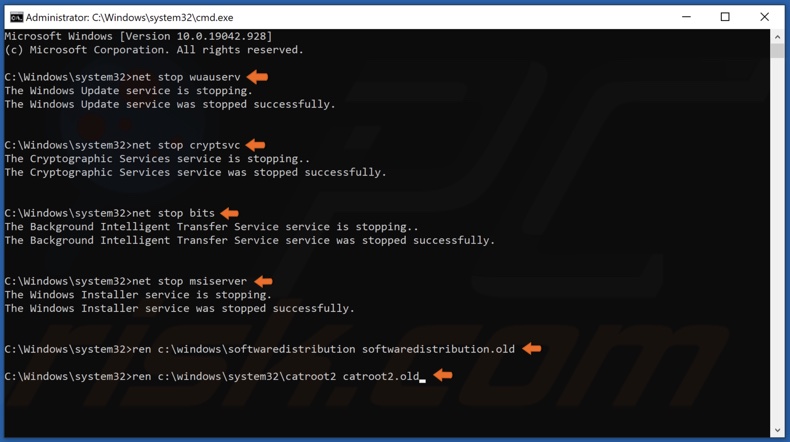
3. Type in the commands listed below, and hit Enter after entering each one:
- net stop wuauserv
- net stop cryptSvc
- net stop bits
- net stop msiserver
After the services have been disabled, rename the SoftwareDistribution and Catroot2.
4. Type in ren C:\Windows\SoftwareDistribution SoftwareDistribution.old and hit the Enter key.
5. Then, type in ren C:\Windows\System32\catroot2 Catroot2.old and hit the Enter key.
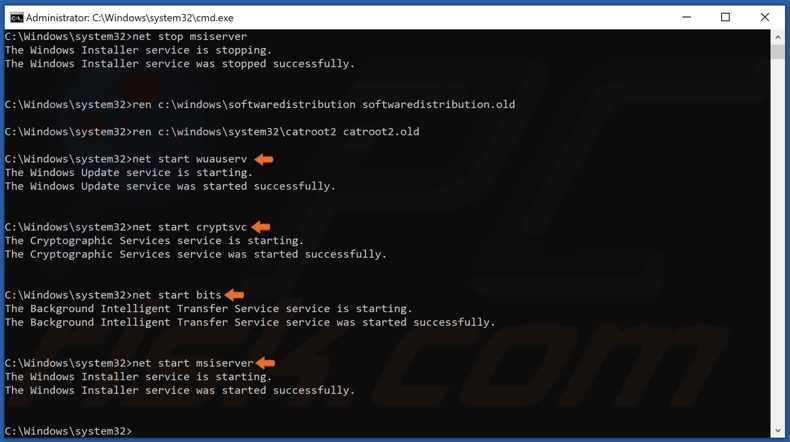
6. Type in the commands listed below, and hit Enter after entering each one:
- net start wuauserv
- net start cryptSvc
- net start bits
- net start msiserver
7. Once the process has been completed, try updating Windows 10.
Solution 6. Uninstall Update KB5001330
If the KB5001330 update has been installed on your PC and you're experiencing system instability or performance issues that weren't there before installing the update, then we recommend uninstalling KB5001330. There are two ways you can go about doing this: you can either go to the Installed Updates menu and uninstall it from there or use the Command Prompt.
1. Hold down Windows+R keys to open the Run dialog box.

2. In the Run dialog box, type in CMD and hold down Ctrl+Shift+Enter keys to open the elevated Command Prompt.
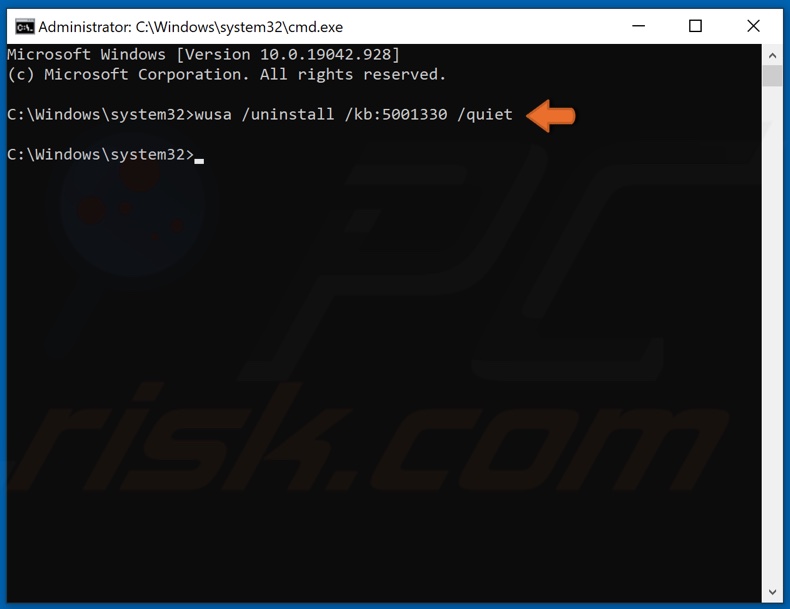
3. In the Command Prompt window, type in wusa /uninstall /kb:KB5001330 /quiet and hit the Enter key.
4. Close the Command Prompt.
Share:

Rimvydas Iliavicius
Researcher, author
Rimvydas is a researcher with over four years of experience in the cybersecurity industry. He attended Kaunas University of Technology and graduated with a Master's degree in Translation and Localization of Technical texts. His interests in computers and technology led him to become a versatile author in the IT industry. At PCrisk, he's responsible for writing in-depth how-to articles for Microsoft Windows.

▼ Show Discussion